Stari Grad - Hvar
Sightseeing near Stari Grad
Latitude
43° 11’ 17.2” NLongitude
16° 35’ 22.6” EDescription
Croatia's oldest and almost 2400 years ago founded town of Stari Grad is a very popular destination for tourists and water sports enthusiasts.
The area around today's Stari Grad was settled by Neolithic and
Illyrian tribes of the Hvar culture 3500-2500 BC. The settlement
was located at the end of the "Starogradski Zaljev" with two
fortresses respectively on the north and south slopes of the harbor
(Glavica and Purkin Kuk).
In 384 BC (also the year of birth of the Greek philosopher
Aristotle) a city was founded here by Greek settlers from the
island of Paros and called "Pharos".
In 218 BC the Romans defeated the Illyrian army in Pharos and the city was destroyed. Mosaics, gravestones, stone reliefs, fine pottery, jewelry, coins, villae rusticae in the plain tell the story of life in and around the ancient Roman city.
The first church was built in the 5th century by the city wall on the foundations of a Greek house and in the 6th century a double church was built there.
In 1278 Hvar decided to place itself under the protection of the Venetian Republic and a port had to be created for the Venetian fleet - the present town of Hvar. Stari Grad, with the agricultural plain remained the center of the most densely populated part of the island.
Stari Grad reached its heyday in the 16th century: the numerous town houses, the idyllic piazzas and the fortified castle date from this era. In the years 1539 and 1571 respectively invasions of the Ottoman Turks from the mainland took place
In the 17th and 18th Jhd. the prosperity grew by the sea trade, the promenade (Stara Riva) was extended, shipyards were built and the city experienced a large architectural change - the beginning of the building of the parish church pc. Stephan, which together with its bell tower represents the most successful architectural expression of the Dalmatian Baroque was begun in 1605.
In 1797 Napoleon overthrew the Venetian Republic and Hvar came to the Austria.
The 19th century the phylloxera destroyed the vines, the sailing ships of the city could not keep up with the steamships. Inhabitants moved away and today Stari Grad recovers from the upheavals of the time and relies on tourism.
When the administrative capital of the island was moved to the south coast, to the town of Hvar received the town founded as "Pharos" the new name "Stari Grad" (Stari" Croatian "old" and "grad" "town").
Today, "Stari Grad Plain" with the town of "Stari Grad" is one of the best preserved examples of ancient Greek agriculture in the Mediterranean and a UNESCO World Heritage Site.
Comments
You can add comments with the NV Charts App (Windows - iOS - Android - Mac OSX).
You can download the current version at nvcharts.com/app.
Buy nv charts covering this place Clicking one of the products will open the nv charts shop.
Places nearby
Related Regions
This location is included in the following regions of the BoatView harbour guide:






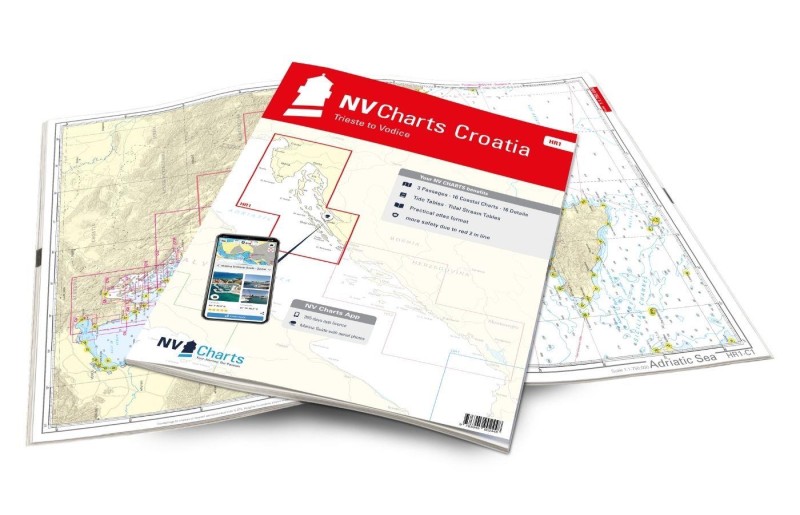





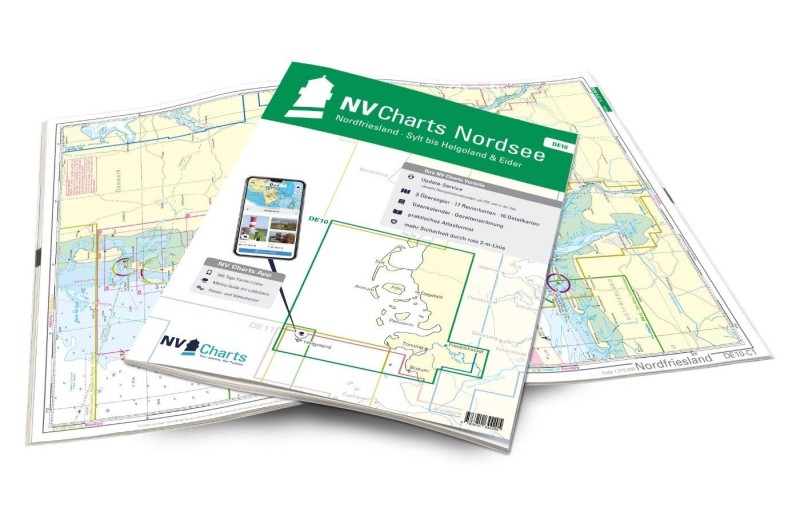

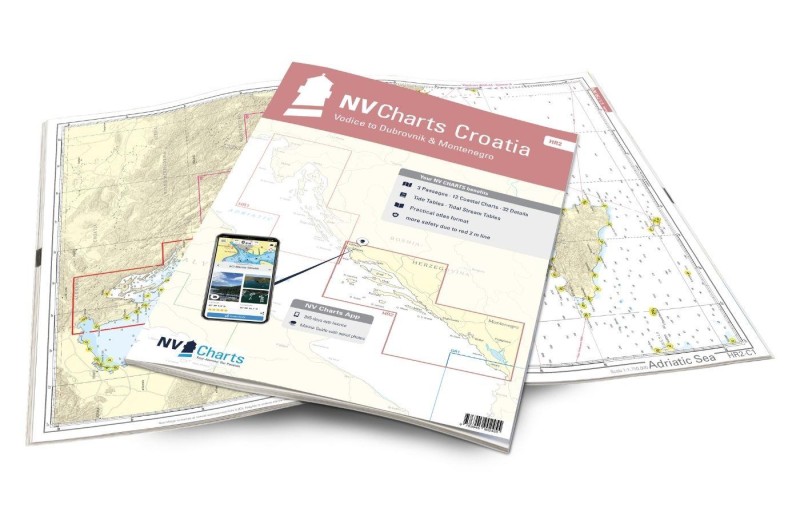
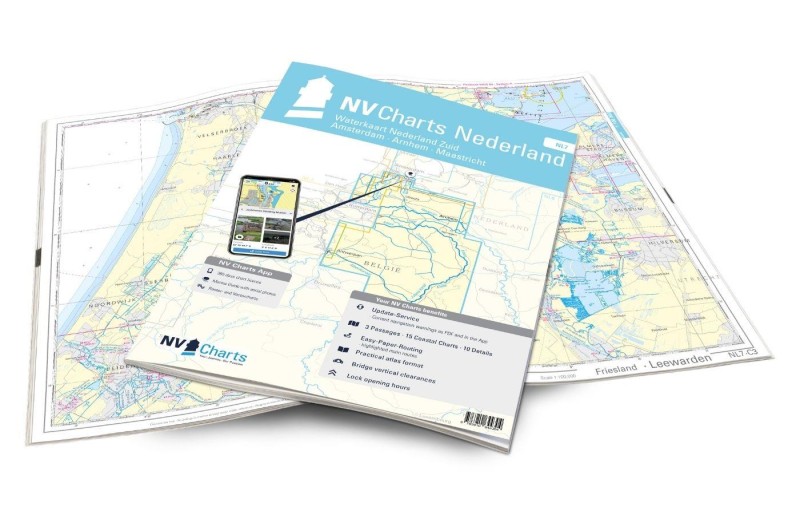
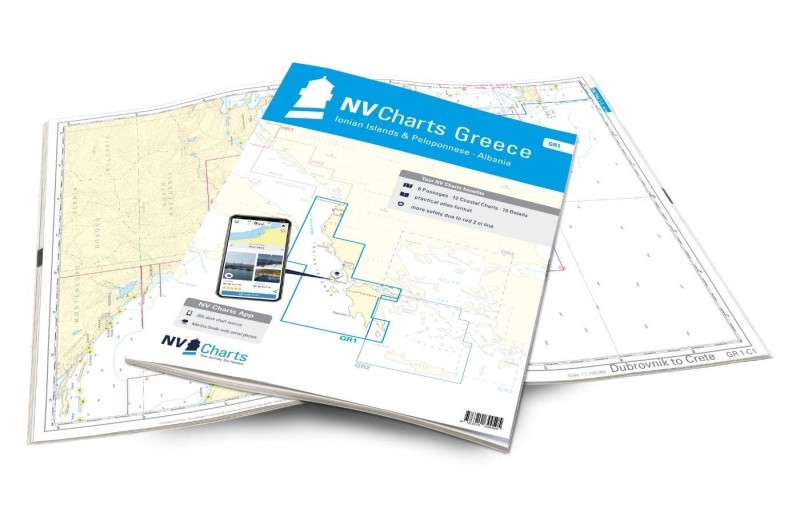


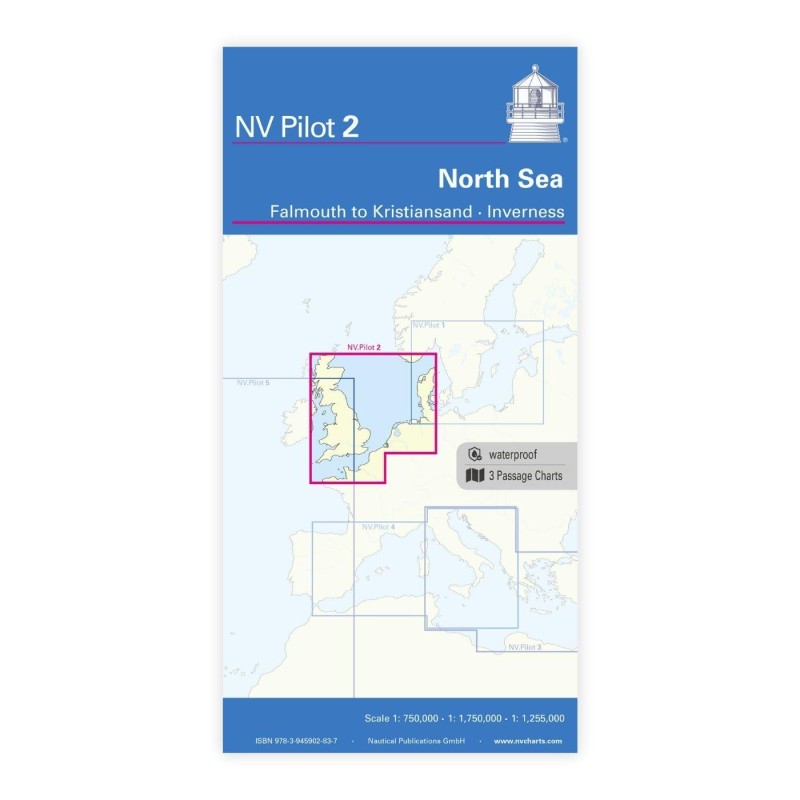
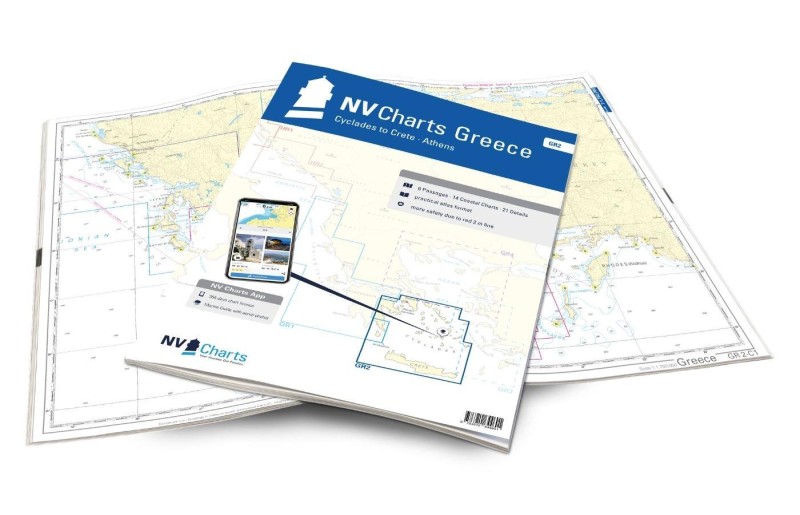
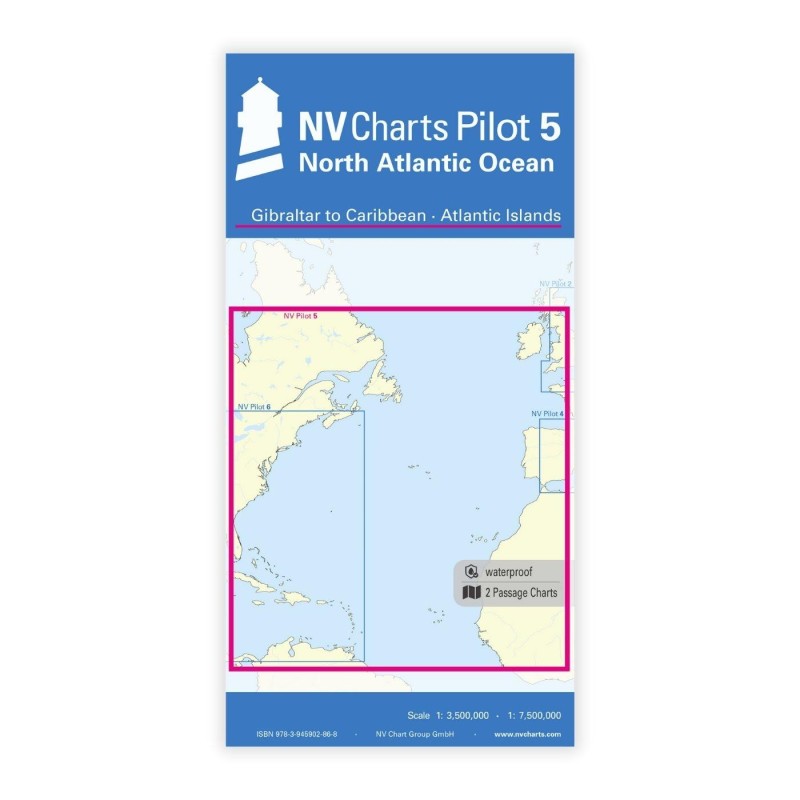

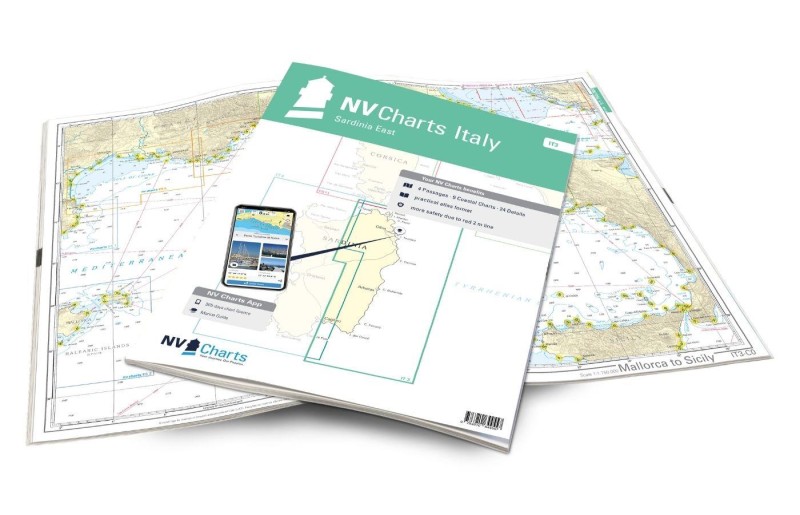
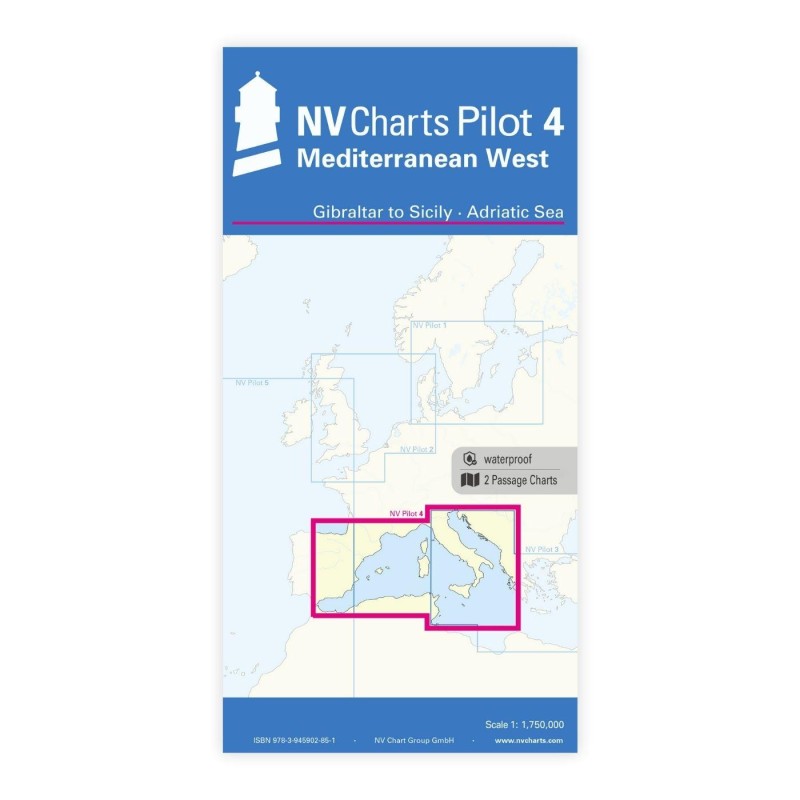
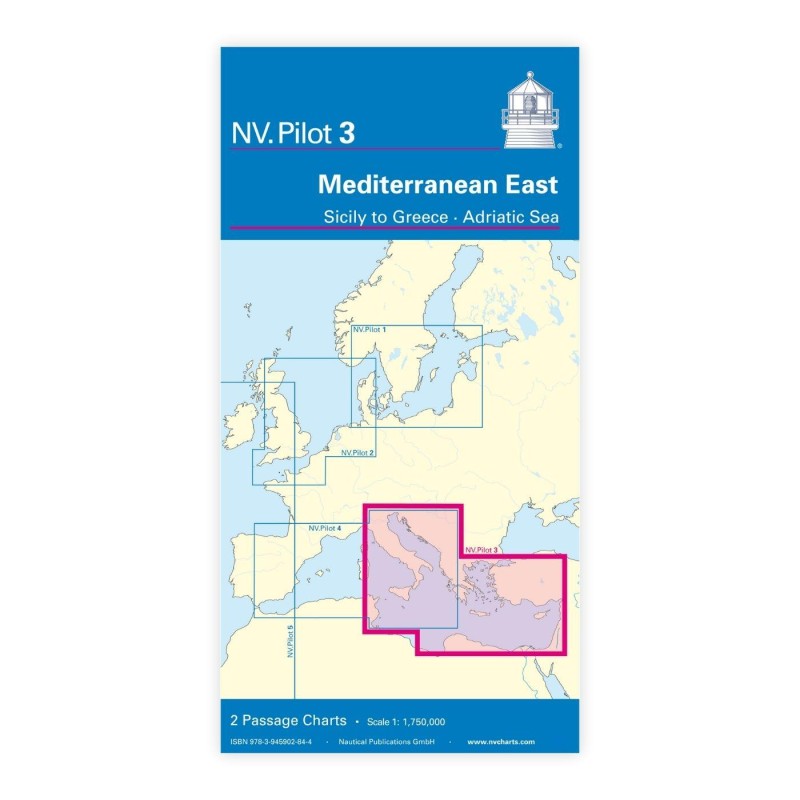



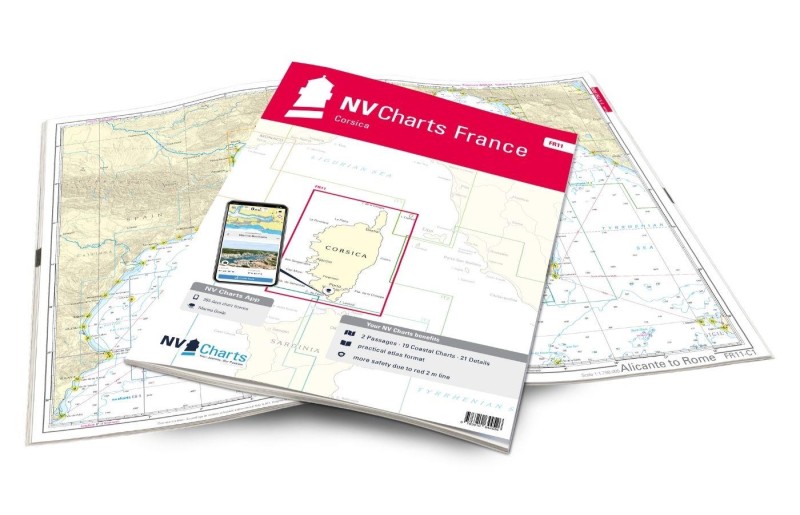


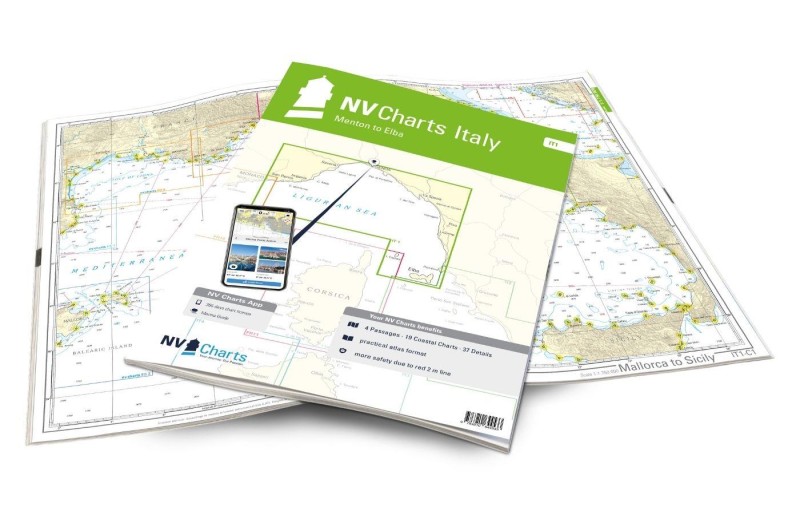
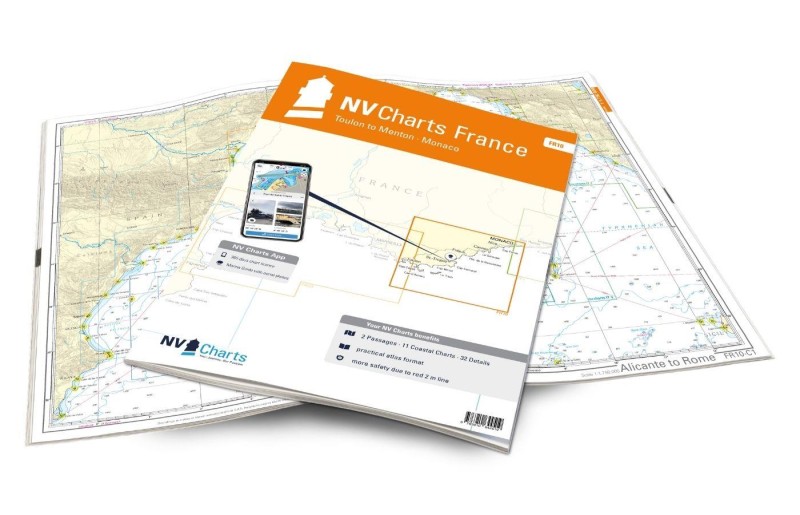
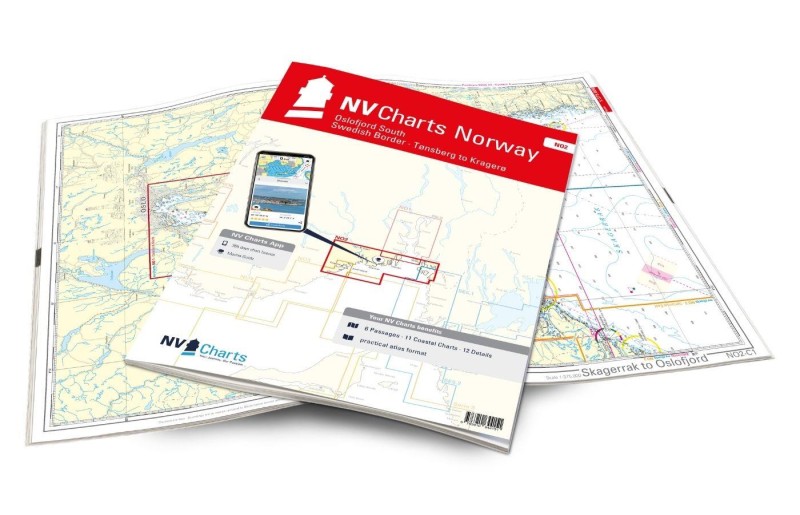
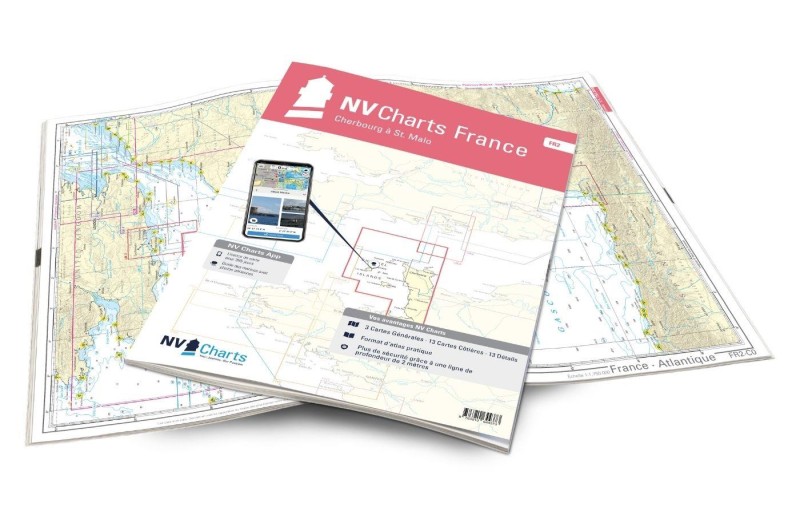
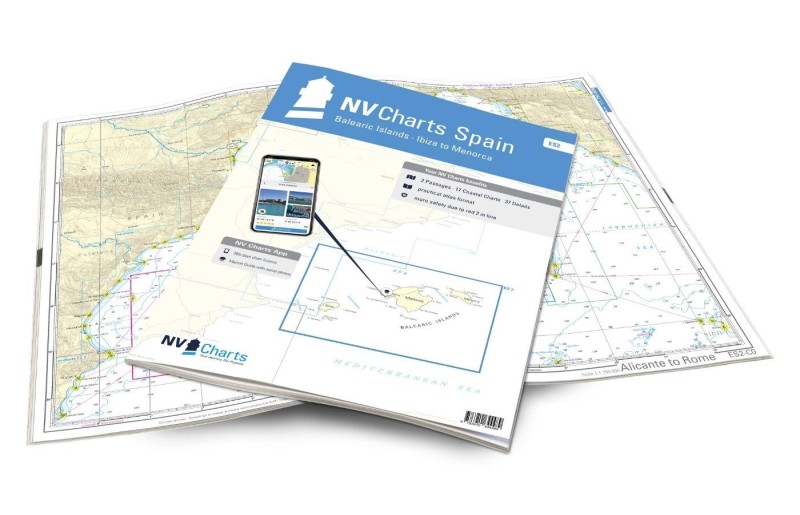


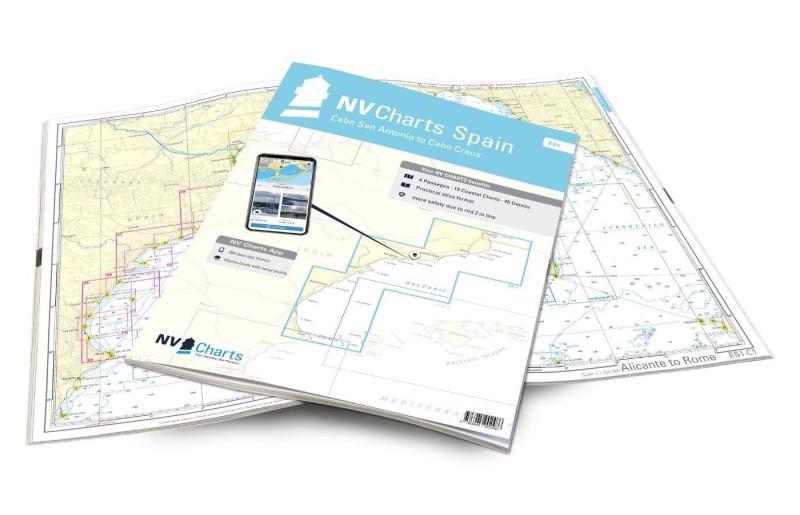
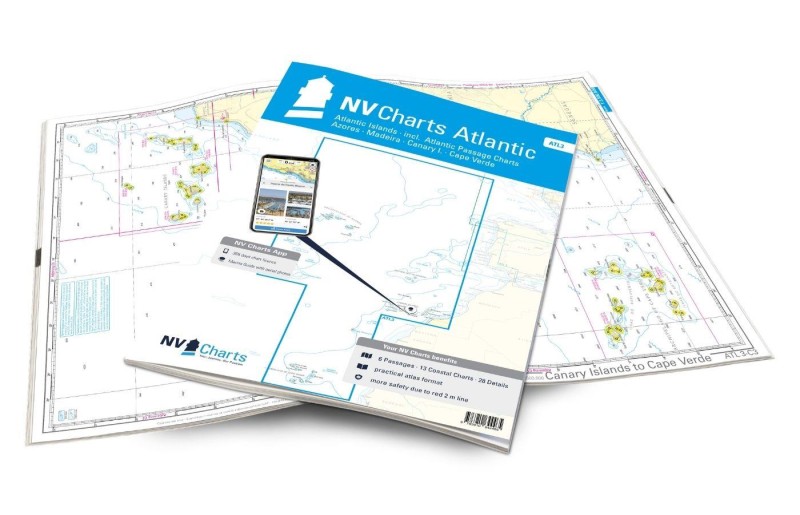

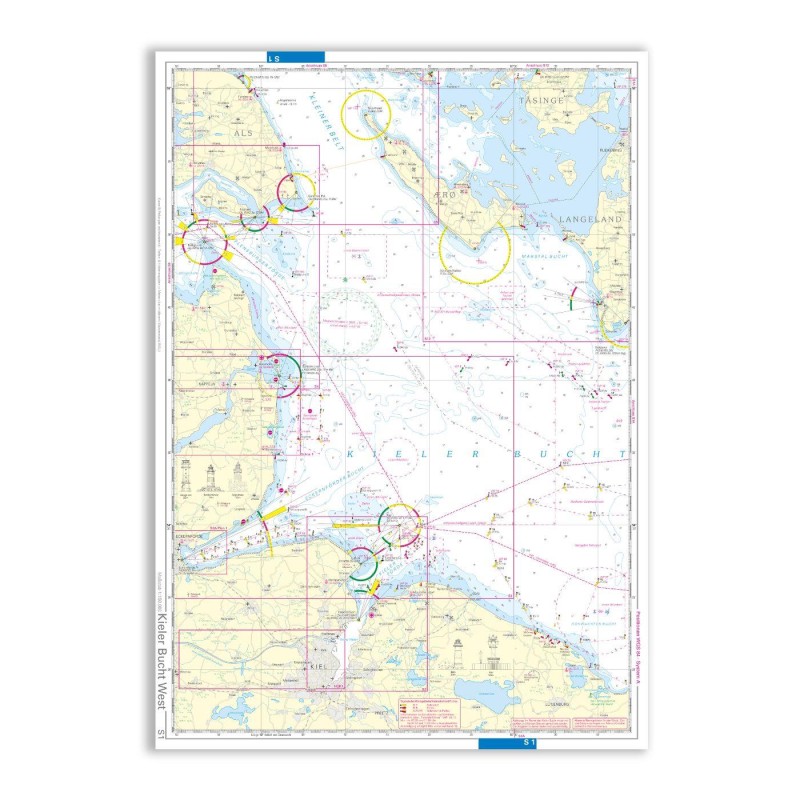

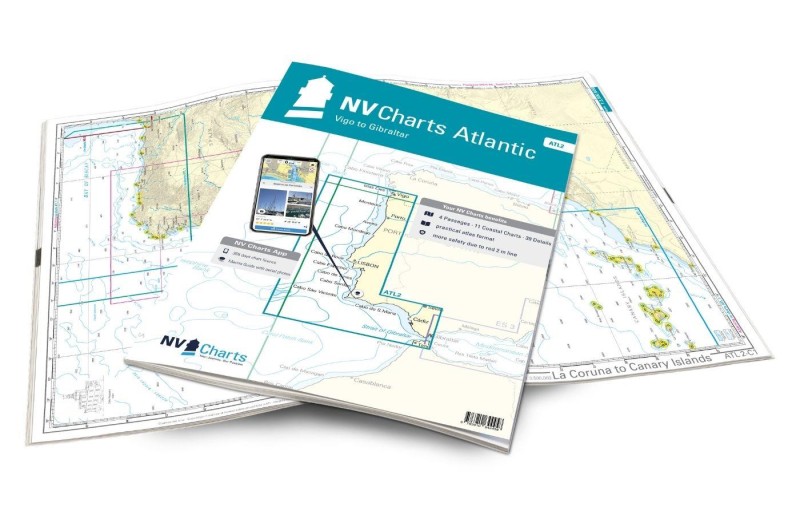
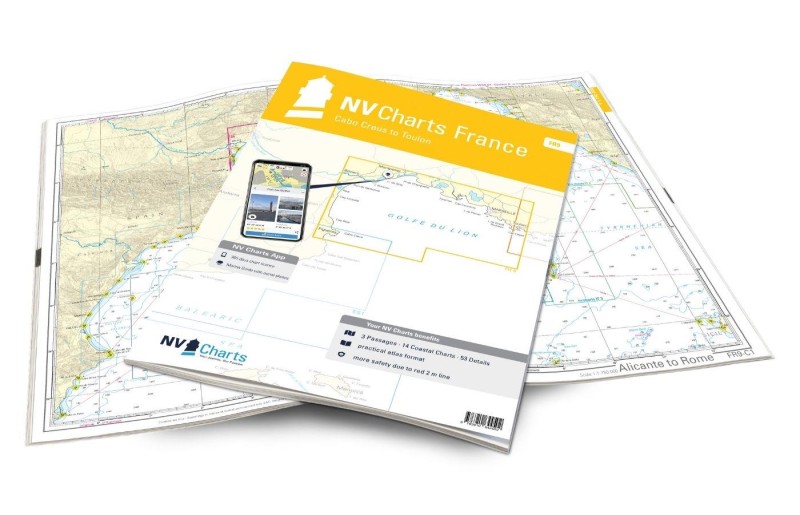


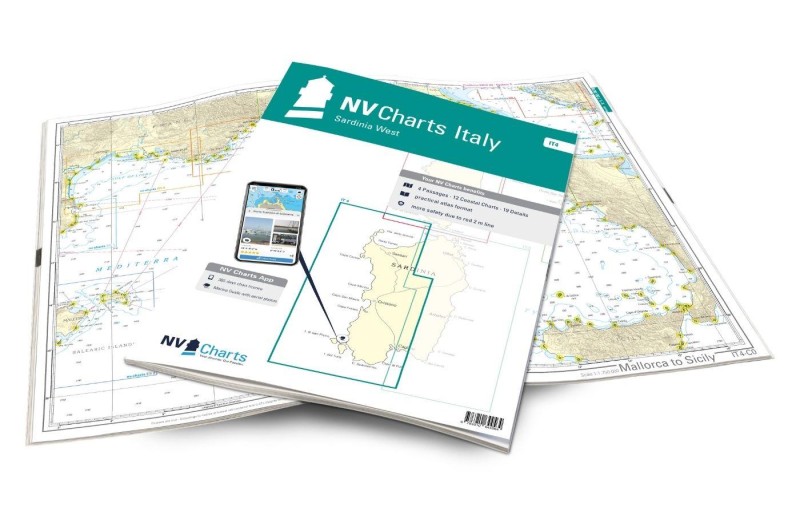
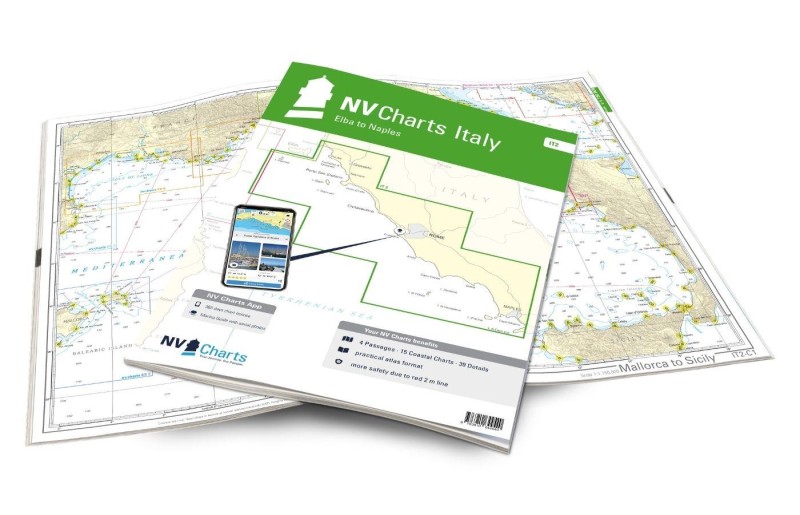

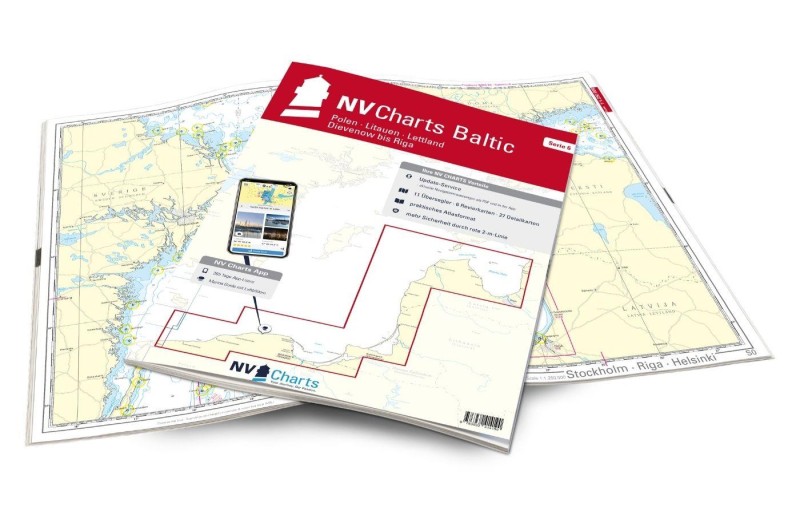

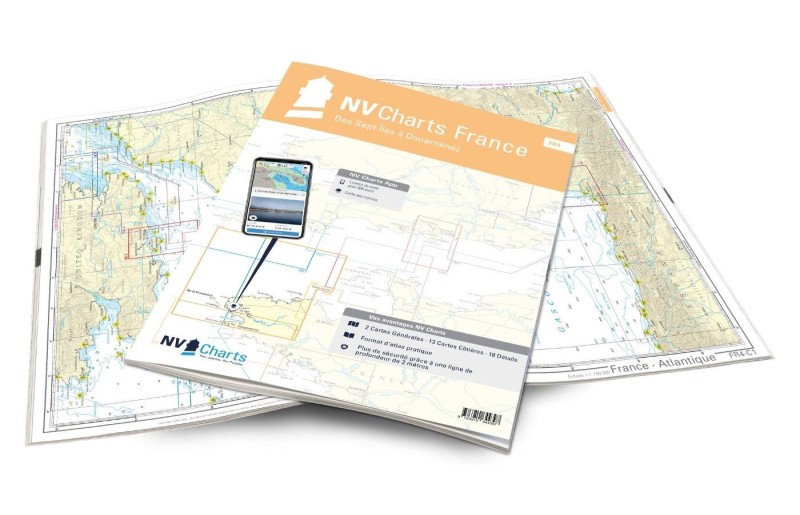
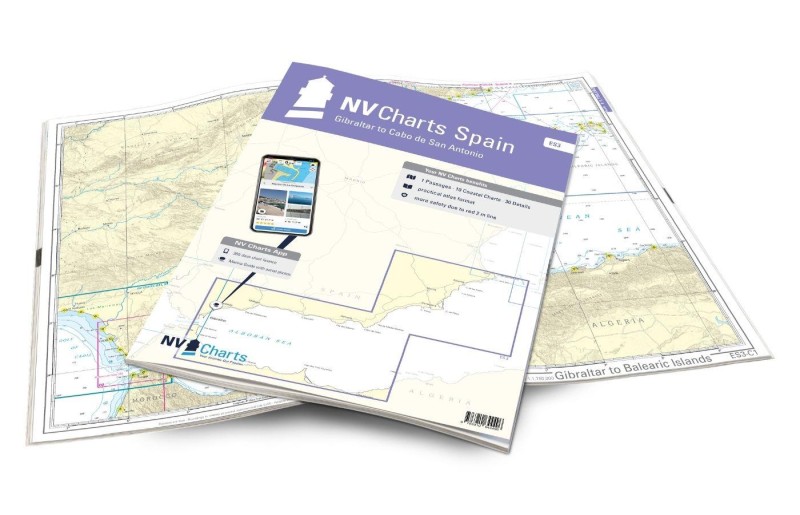
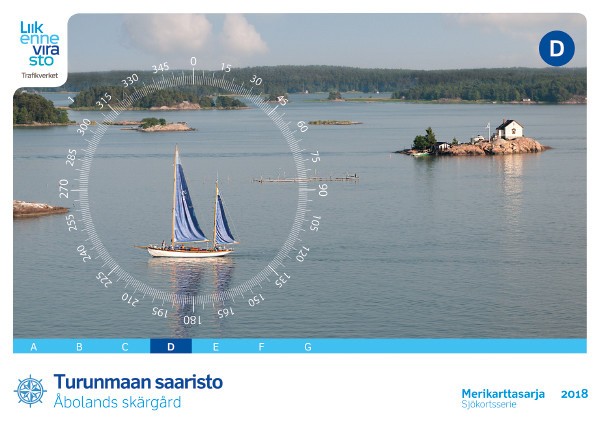


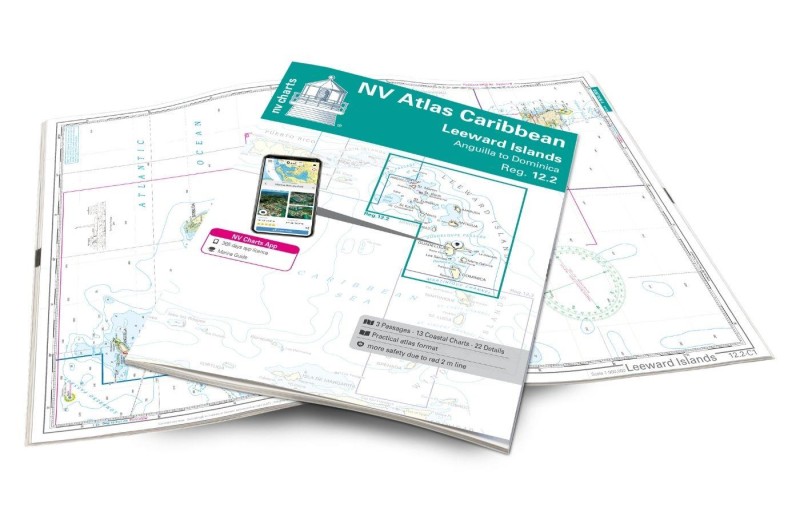
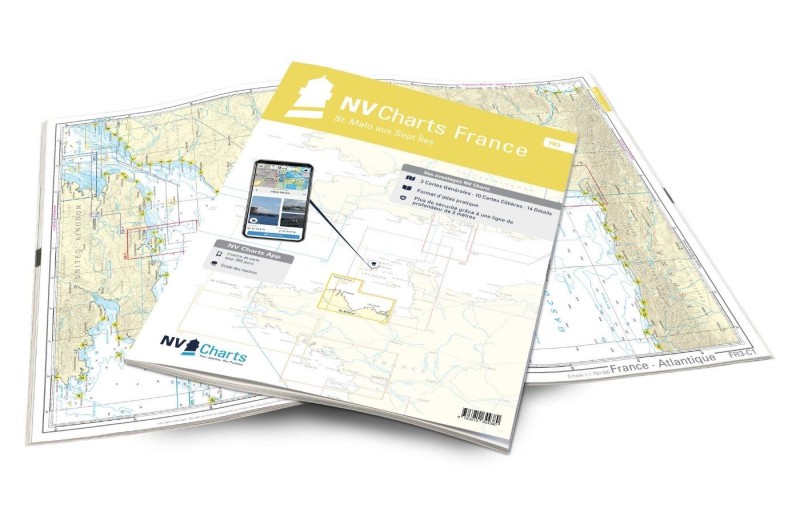
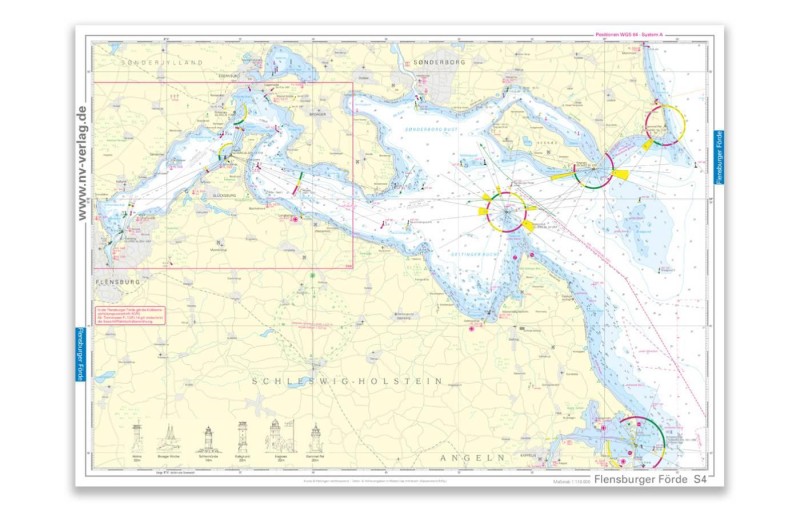
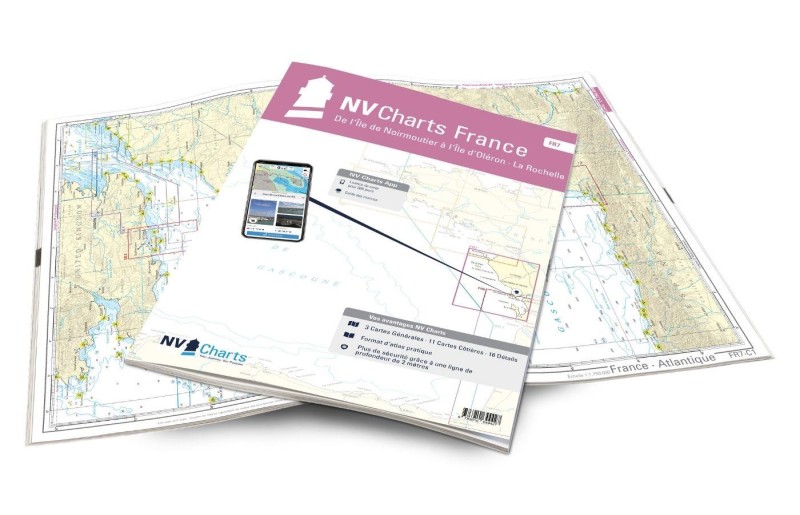
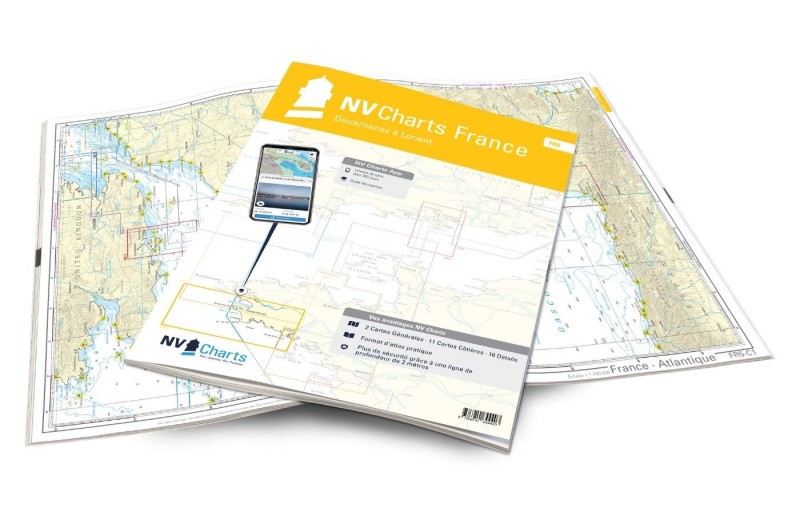
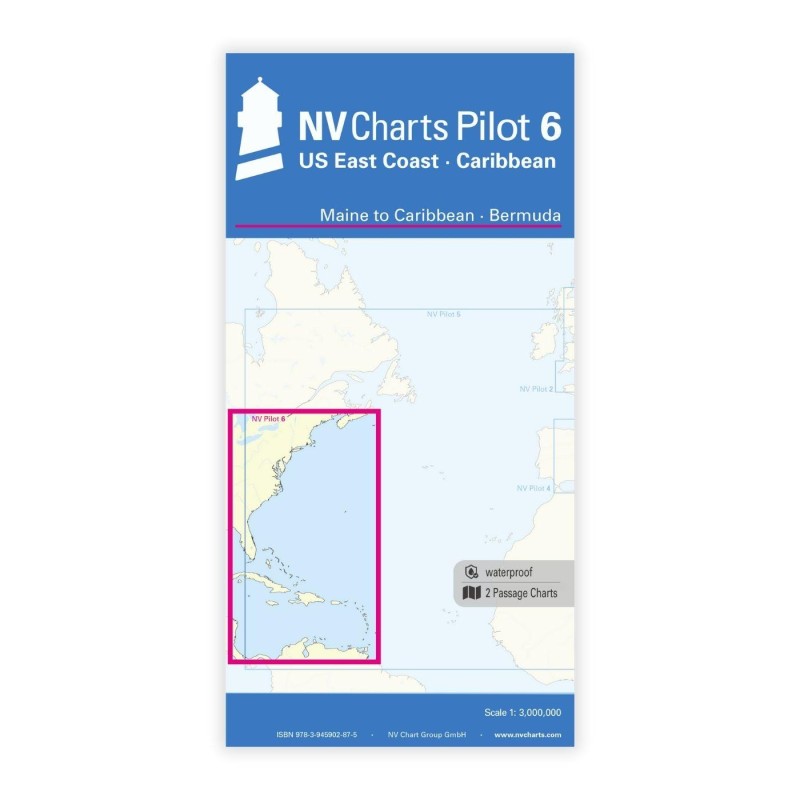


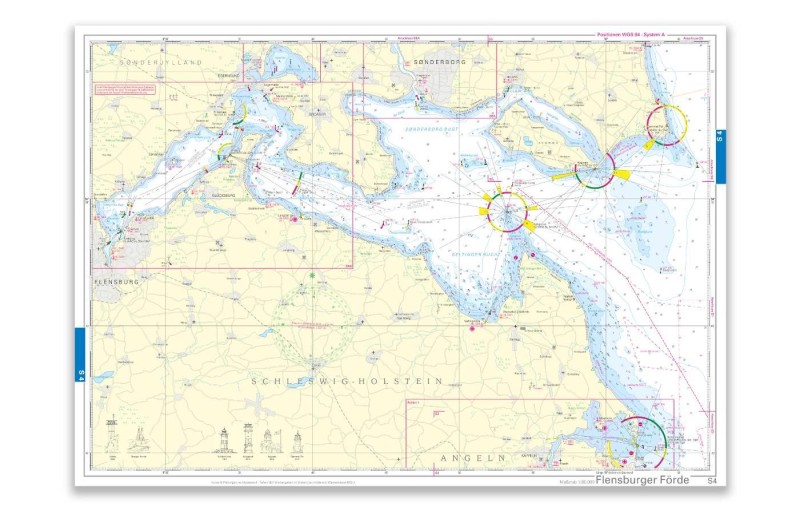

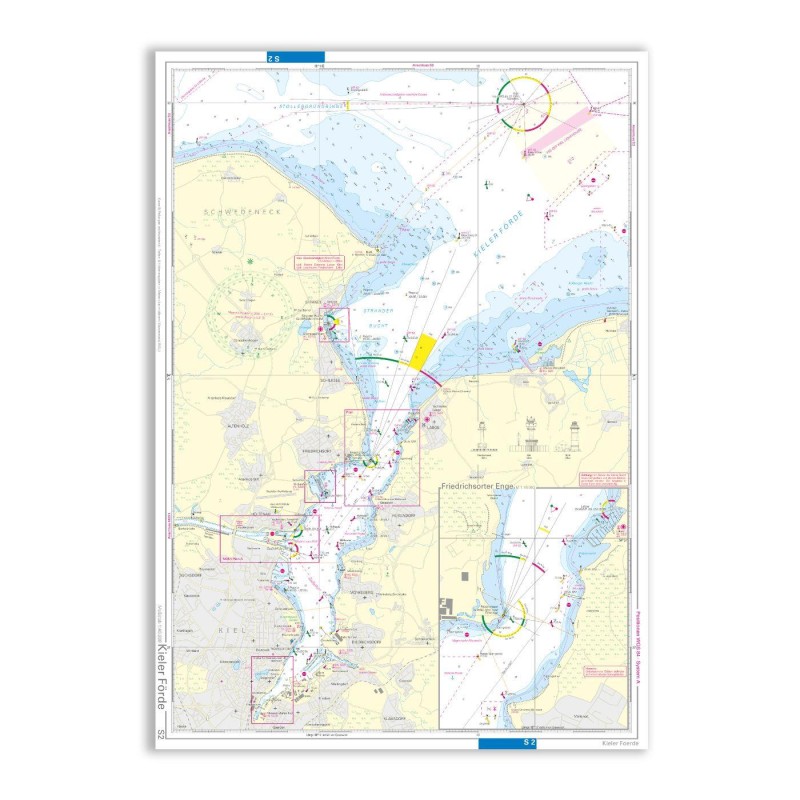

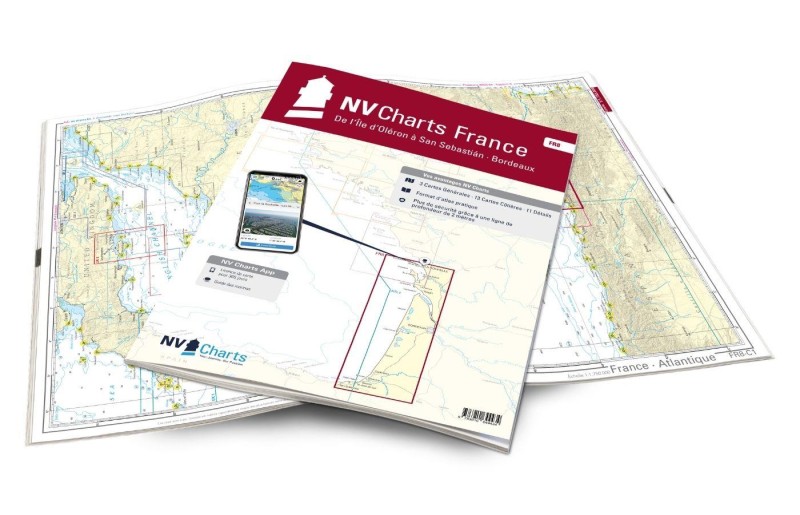
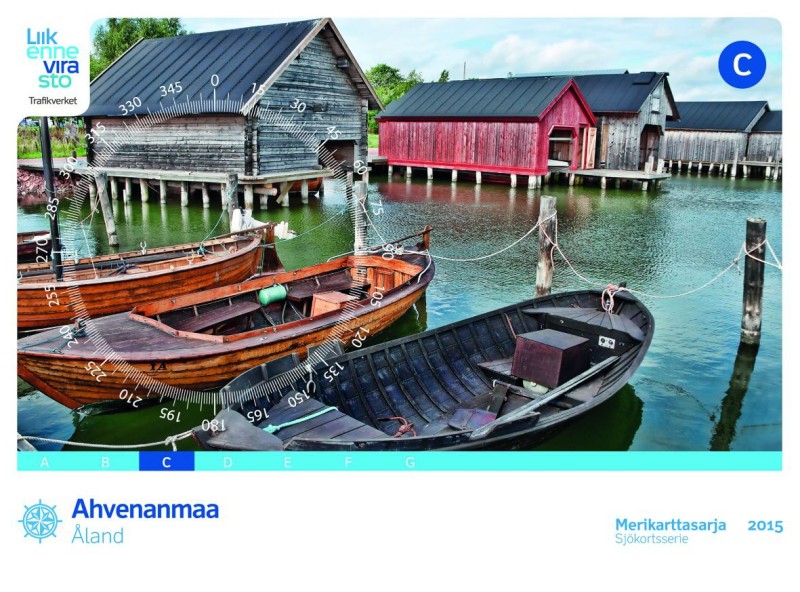
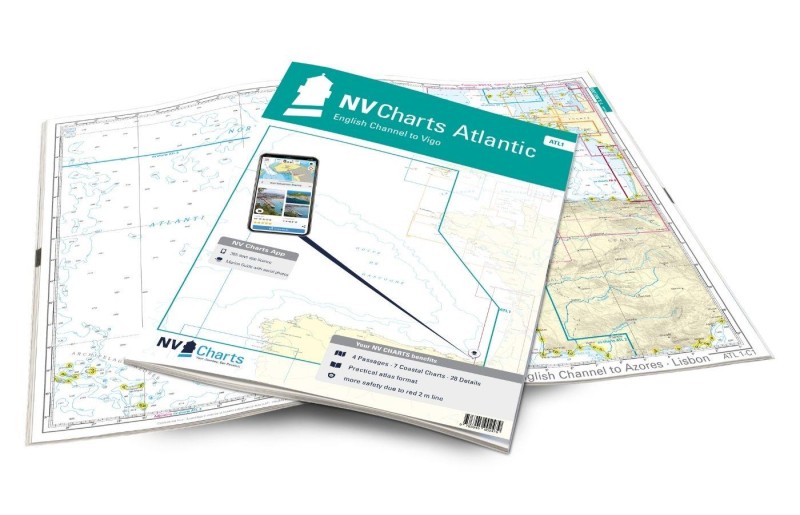
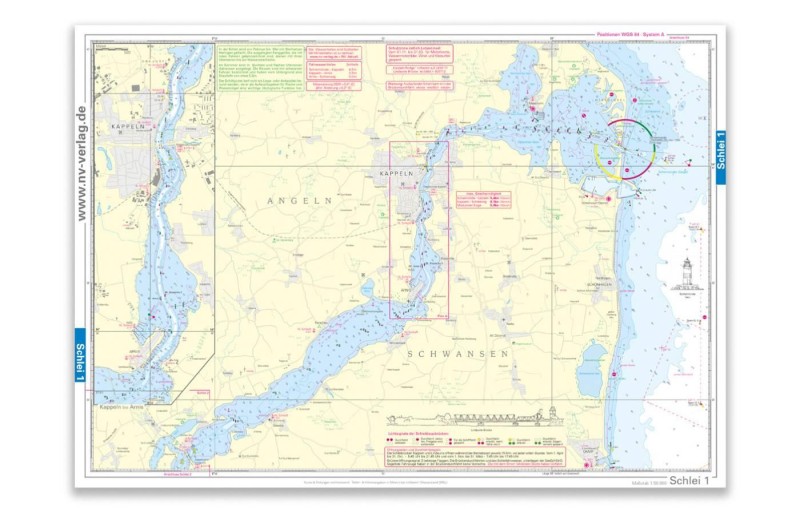
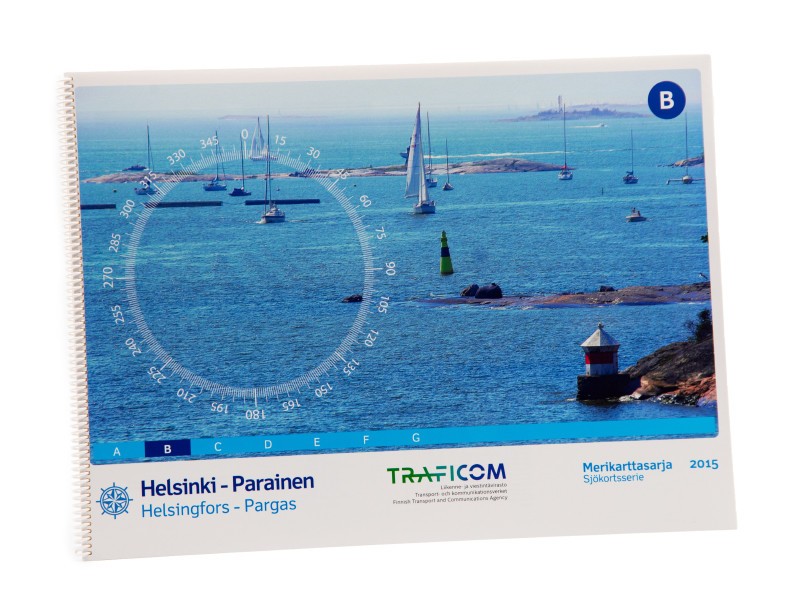





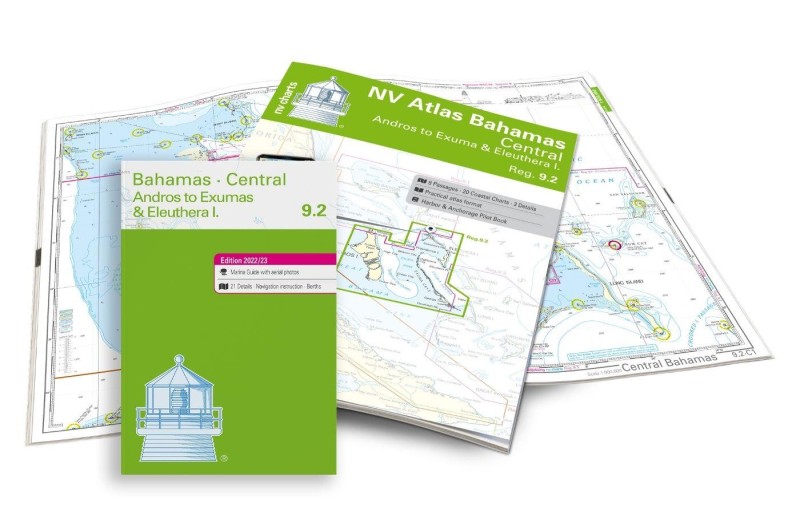
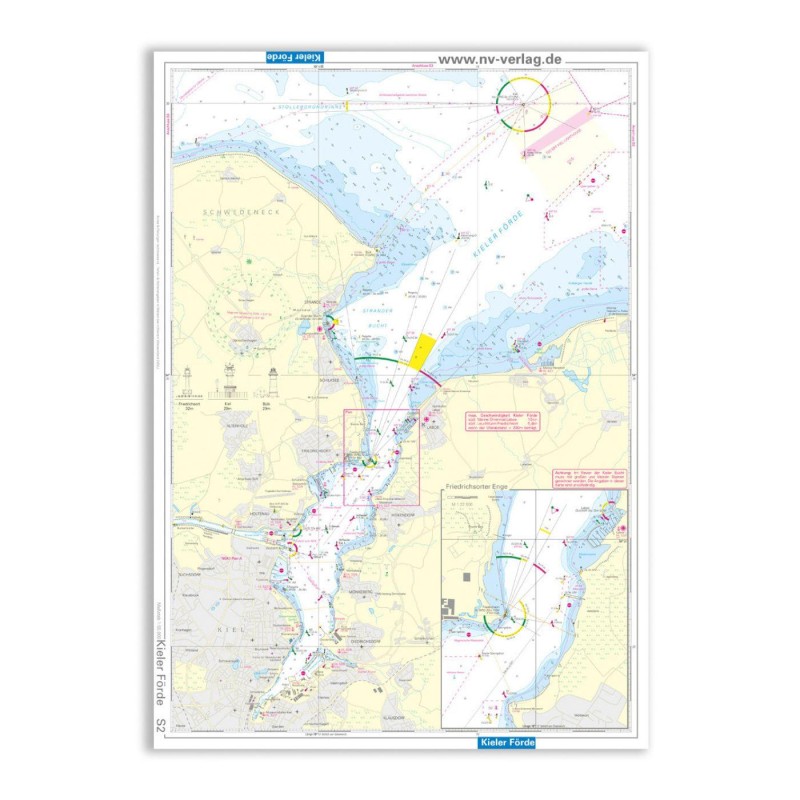
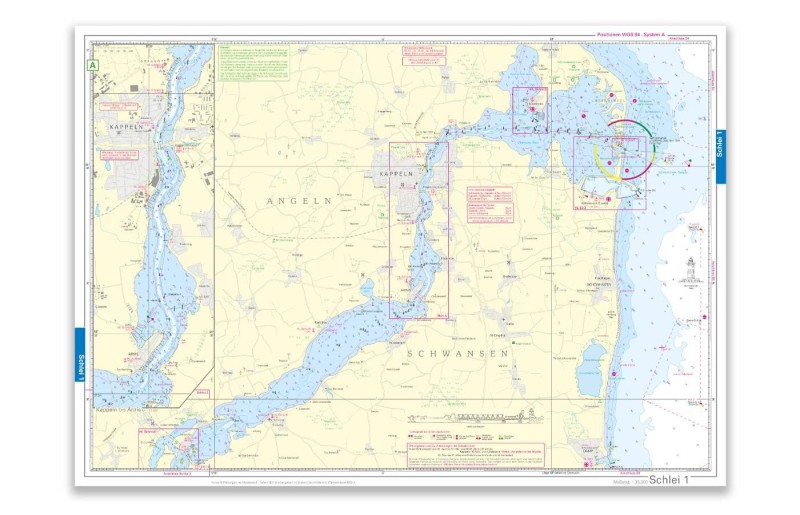
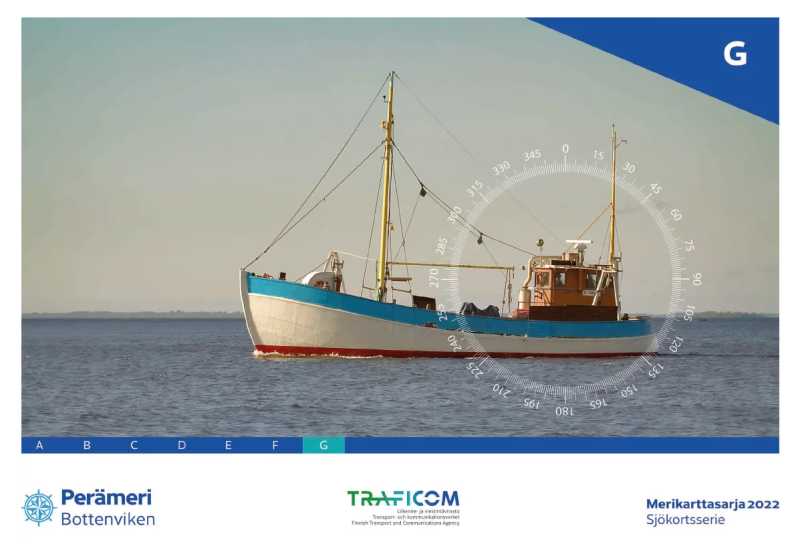
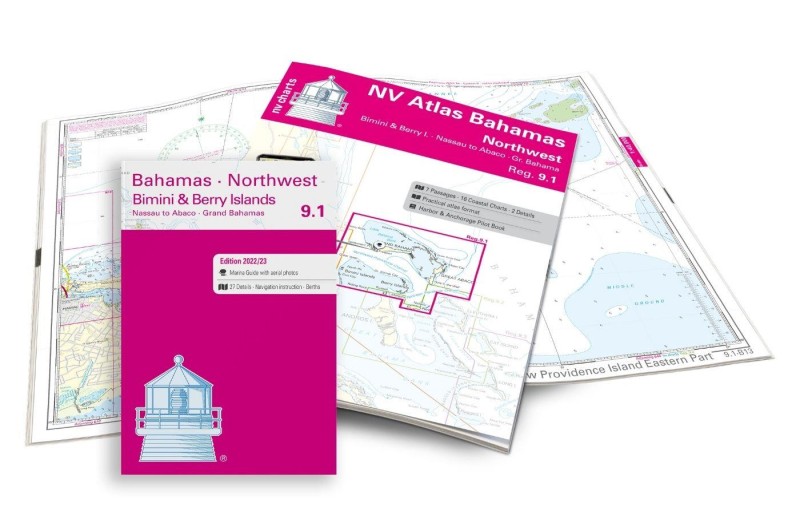
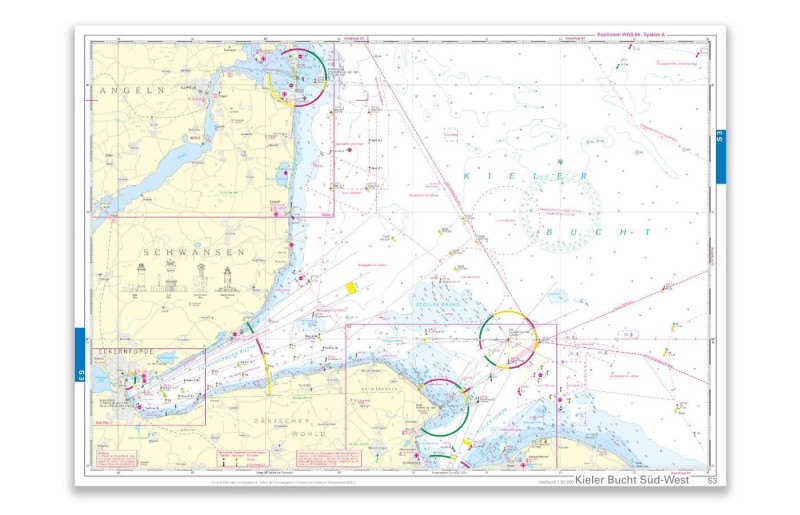
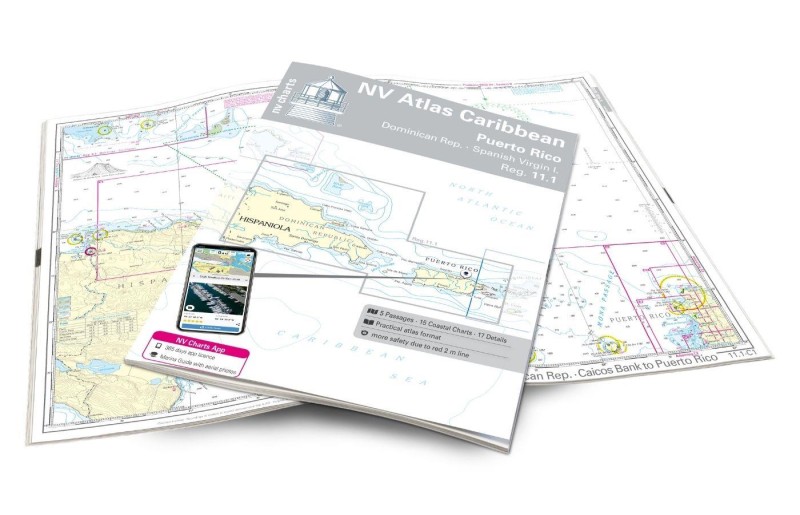
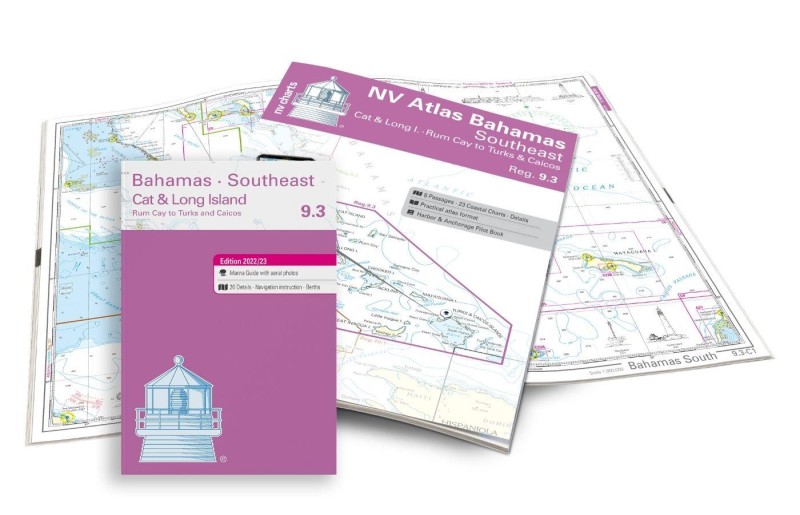

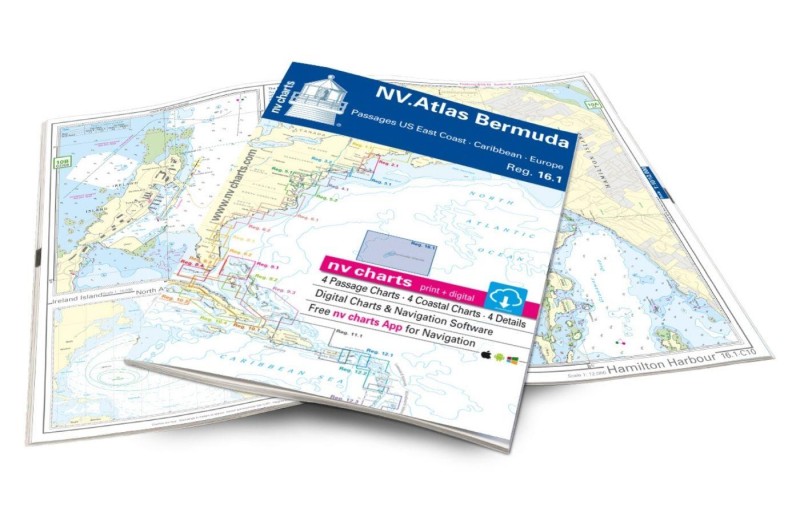
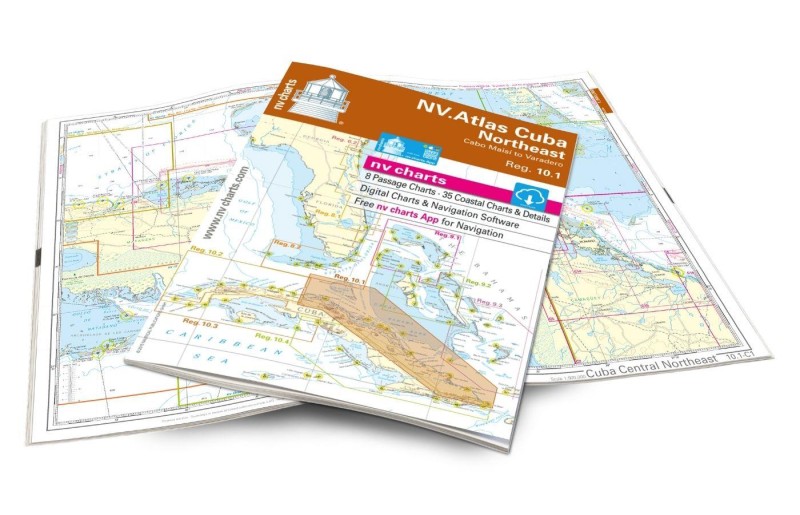
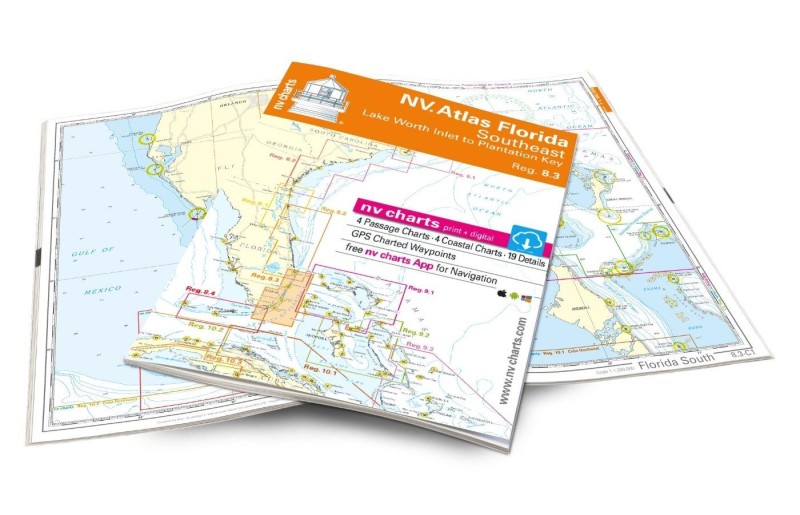
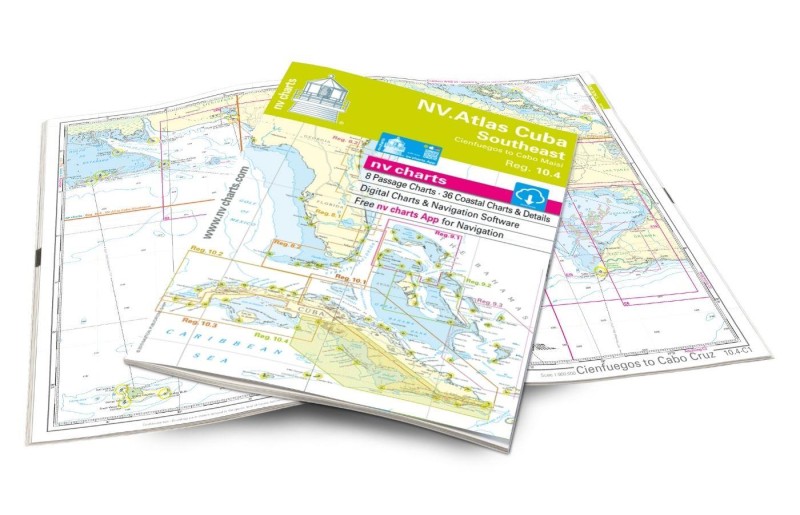

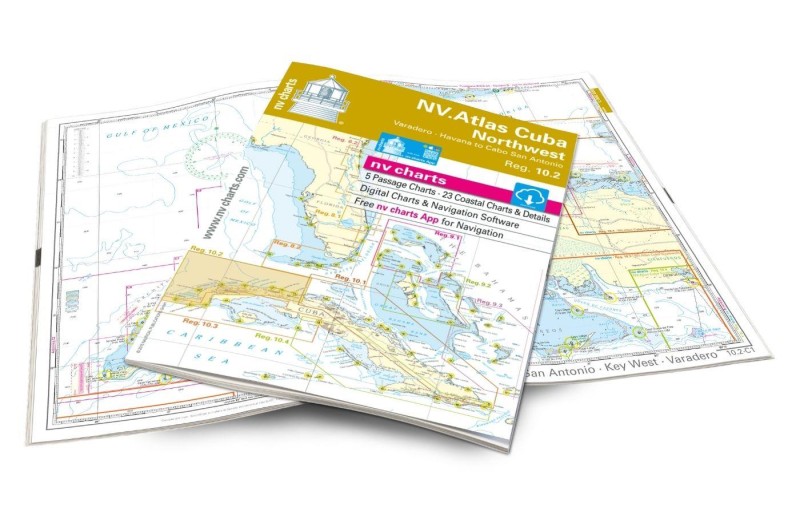
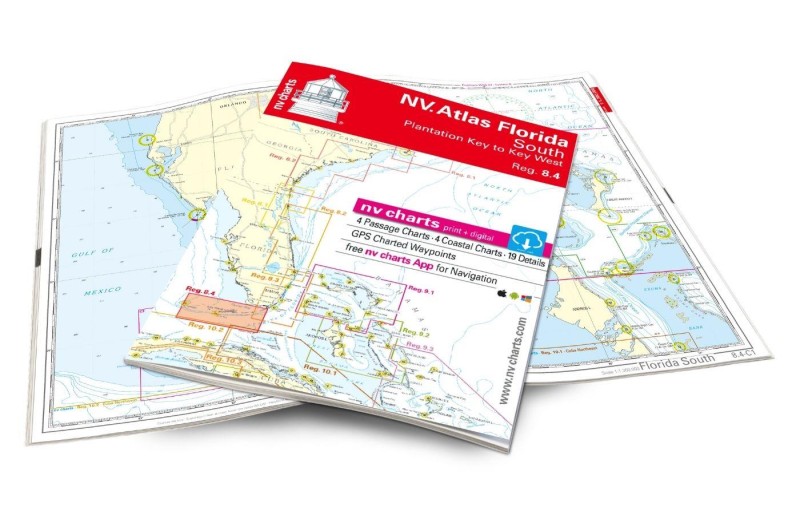
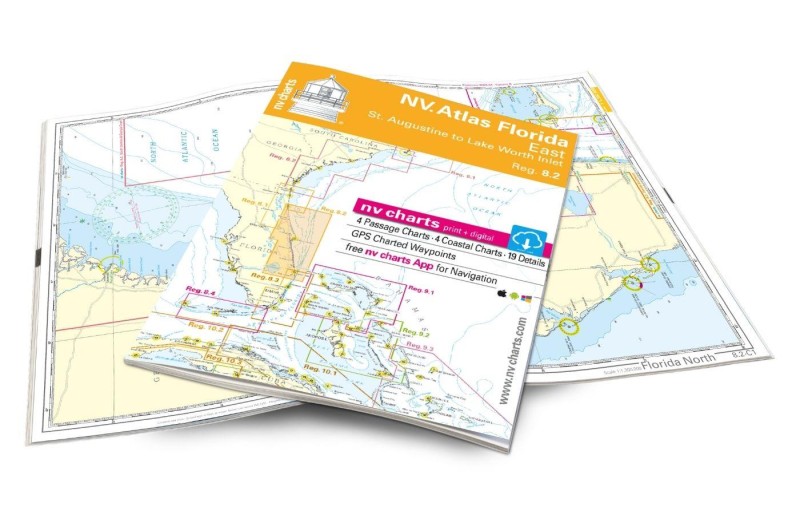
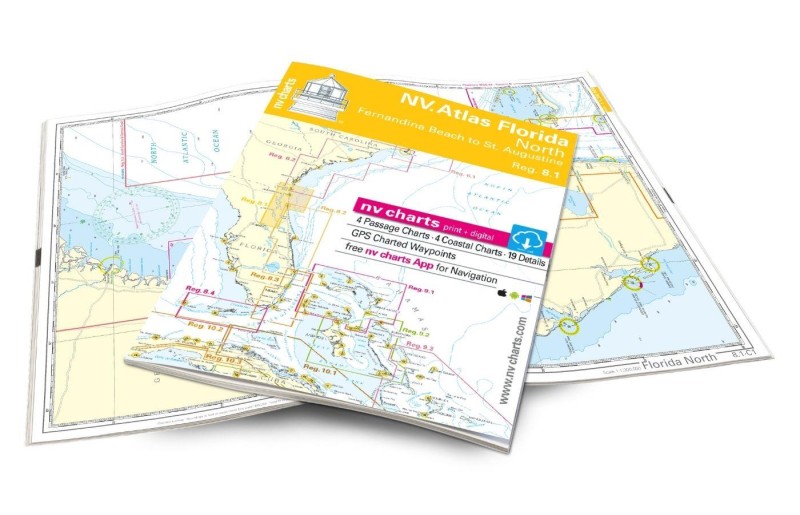

No comments or ratings have been added to this POI.